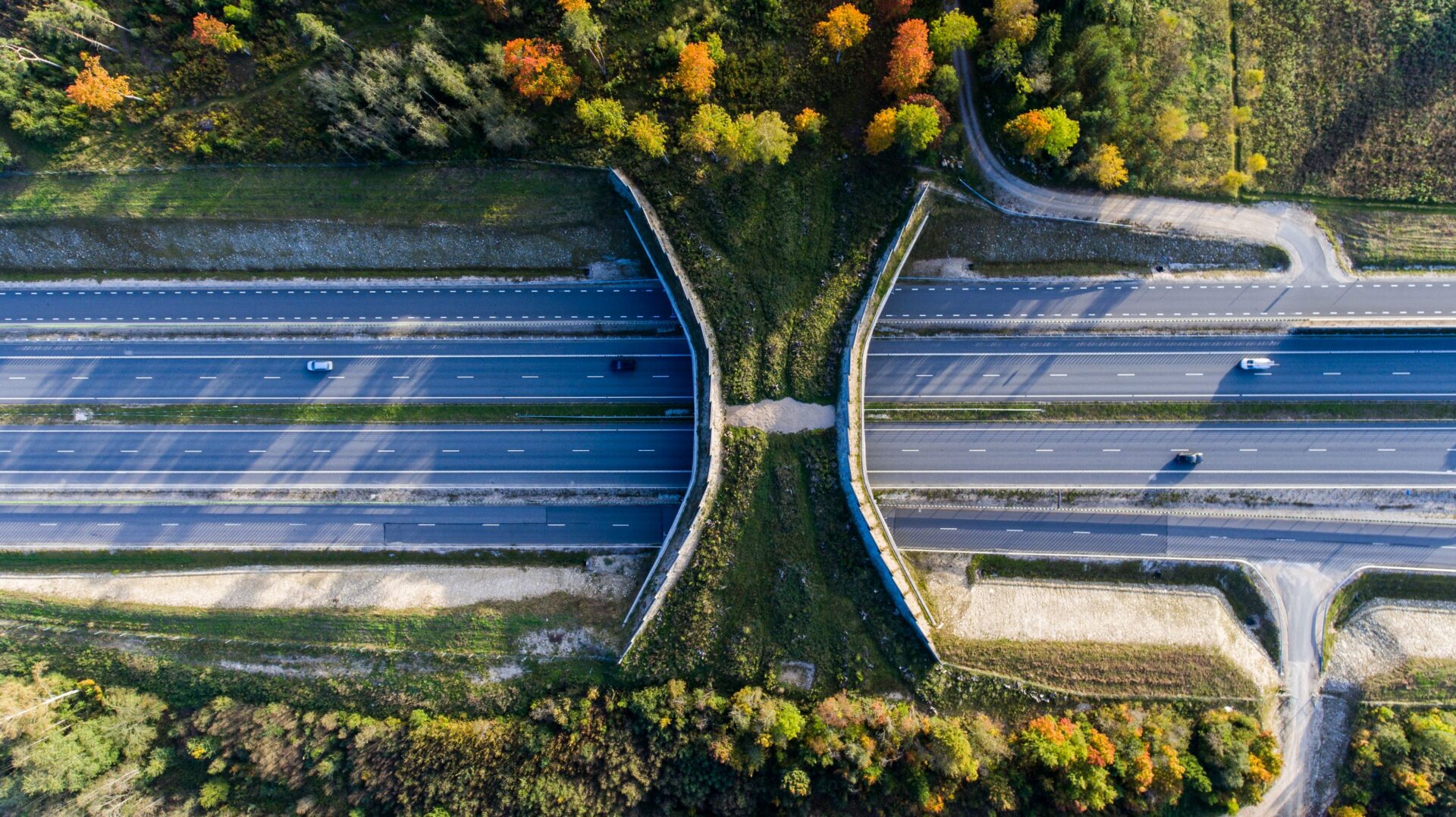
MOOC: Auditing the Sustainability of Infrastructure
1.3.3. Environmental Impact of Infrastructure
The environmental impact of infrastructure may be positive or negative and can occur during the construction, operation, upgrade and decommissioning or disposal of infrastructure.
While similar environmental impacts, such as the use of natural resources, changes in land use and disturbances in the human environment, may occur in the construction and operational stages of most types of infrastructure, some sectors may bring about distinct impacts. Some examples of distinct impacts include:
- water infrastructure may result in excessive use of water resources or water pollution (leakages, insufficient treatment of sewage etc.);
- road infrastructure can fragment habitats or cut off the migration routes of animals;
- mining can bring about a decline in groundwater levels and produce mining waste and noise caused by explosions; and
- energy production from fossil fuels can be associated with various emissions (greenhouse gases, SO2, NOx, dust) from fossil fuel combustion as well as ash production.
In some cases, there are measures implemented for alleviating negative impacts, which are called mitigatory or compensatory measures. These can be either legal or regulatory instruments, such as the requirement to compensate the unpleasentness of having, for example, electricity networks run across one’s land, or measures by the developer to make the project appealing for the local community, such as providing electricity at a lower price for them locals from the plant being built.
According to the INTOSAI WGEA research paper, the environmental impact of infrastructure is present in the following impact categories:
- Land
- Ecology
- Water
- Materials
- Energy and air
- Human environment
Take Exercise 1 which allows you to learn more about the common environmental impacts in each of the categories interactively.


